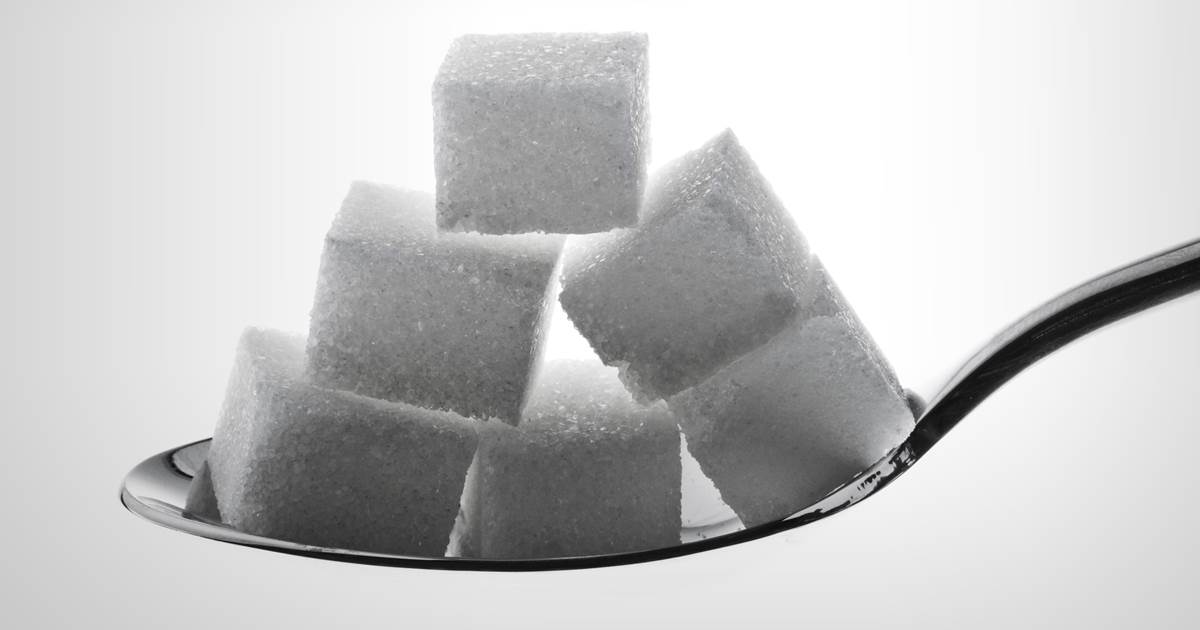
How much Sugar are you really eating?
Ever happen to notice at the grocery store down the dessert isle products claiming 99% fat free or reduced fat or low fat? When ice- cream is advertised to only contain less than 3 grams of fat per serve, it sounds too good to be true. This is becoming more and more common and to the untrained eye the appeal to purchase a sweet treat that look as though it will not impact your waistline is very enticing.
These products claiming low fat are indeed exactly that, although this should not be your concern. Reading the glycaemic index on the back of the packet should always draw your attention to not just the fat content but the sugar! And simply put it when not burnt off turns into fat.
You should always take note of the origin of your sugar to determine how your body will digest it. Natural sugars found in fruits and vegetables for example will always be easier to metabolize then refined sugars therefore being a much healthier form to consume.
Why is sugar so bad for you then compared to fat? Let’s look at the average adult, research has shown that we now consume much higher levels then ever before. This intern numbs your cells to insulin, causing your body to produce more and more insulin to pull your blood sugar levels down. Your body can not then burn all of it and stores it for later resulting in weight gain.
Going back to the different types of sugar that we mentioned earlier, refined (meaning un-natural sugar), is digested quickly, you don’t feel full once you have finished eating. This is where a cleaner healthier form of is preferred like fruit for example, as fruit is high in fibre which expands in the stomach and helps you feel more satisfied.
Although there is a catch, once it has been through the stomach and reached the intestine it doesn’t matter what type you consumed as how much is in your body will determine how your body will use it. And if you have already consumed a large amount of it, this will then be turned into fat or glycogen.
Sugar is often hidden in food that may sound healthy or may even look healthy once the macro nutrients is broken down the facts may really surprise you. Hence when you are reading the labels, make note of how many grams of carbohydrates are sugar. According to the Heart Organisation on average we should not consume more than 25 grams of it for woman and 37 grams for men.
When you visit the grocery store next make a conscious effort to read the food label and start getting to know what you are actually consuming. Especially looking out for products such as:
- Breakfast cereals
- Yogurts
- Fruit snacks & juices
- Sports drinks
- Sauces & condiments
- Breads
- Bottled tea & flavoured waters
Reducing it in your diet will not only help your waistline but also increase your energy levels, strengthen your immune system, reduce inflammation, and reduce the risk of type 2 diabetes just to name a few. Cutting back on your intake can be a tough battle, although the benefits are numerous, start with small steps and start your journey to a healthier more energized you.
